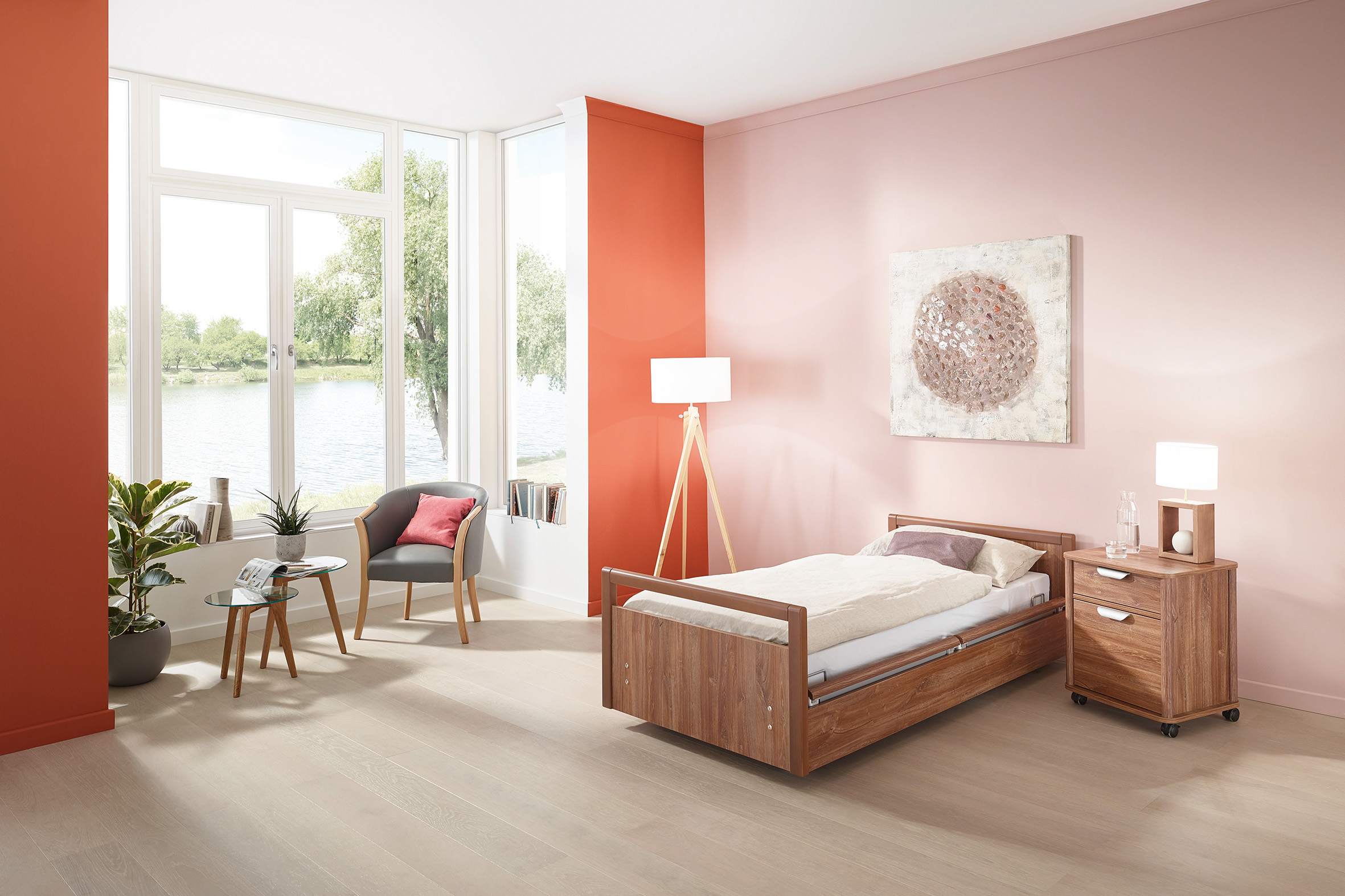After much thought it is clear: Mama moves to the retirement home. The 80-year-old is mentally fit, but sometimes the body is no longer with it. Arthritis and the first signs of Parkinson’s make the native Hessin to create. The adult children, who have long since stopped living in the village, have found a place in the local senior citizen center. The move is just around the corner.
But the moving truck can not charge much. The 45-bed social establishment offers only partially furnished rooms. Care bed and bedside table are standard equipment. The wet room is also designed for the disabled and offers no space for bathroom furniture. In order to make a nursing home comfortable it sometimes requires the initiative of relatives. What they should take away from their home for their loved ones and how they succeed in turning a uniform room into a cozy home has been put together by pflege-today with the help of Claudia Winkler. The expert is in charge of the construction and building management of the Social Service Company of the Bavarian Red Cross, which operates 26 senior citizen homes in Bavaria.
• Color Choice: Talk to the decorator if the wall colors fade or are too glaring. Every color has an effect on people. Depending on whether the future residents should be stimulated or calmed, a corresponding shade should be selected. Reds, for example, have an appetizing effect. Orange is ideal for rooms with little daylight, it seems sociable. Mood enhancer Yellow makes smaller rooms look bigger. Green calms down. Likewise blue, sometimes blue tones are melancholy. „In rooms, white is the ideal combination color. It neutralizes, brightens and revives, „says Winkler. Brown walls are rustic, soothing and balancing. Earth tones such as ocher or sienna can be used in almost all rooms – and are therefore often painted in retirement homes on the walls. Basically, colors in residents‘ rooms should be subtly applied.
• Light sources: Technologically a lot has changed in the last few years with light bulbs. Researchers have developed lamps that simulate the sun’s course. From sunrise over the midday light with light clouds to the sunset, rooms can be immersed in a variety of scenarios. Different intensities break down the day. Illuminance levels increase towards noon and drop off again. At noon, they can reach 100,000 lux and drop to a lux at night. Meanwhile, lights are programmable and controllable via apps. With the help of the light colors, the natural daily routine of patients with dementia can be structured. In the illumination of living spaces is often accentuated, so certain corners and areas illuminated differently and designed so interesting for residents and visitors. Different light directions can also be incorporated into a lighting concept.


